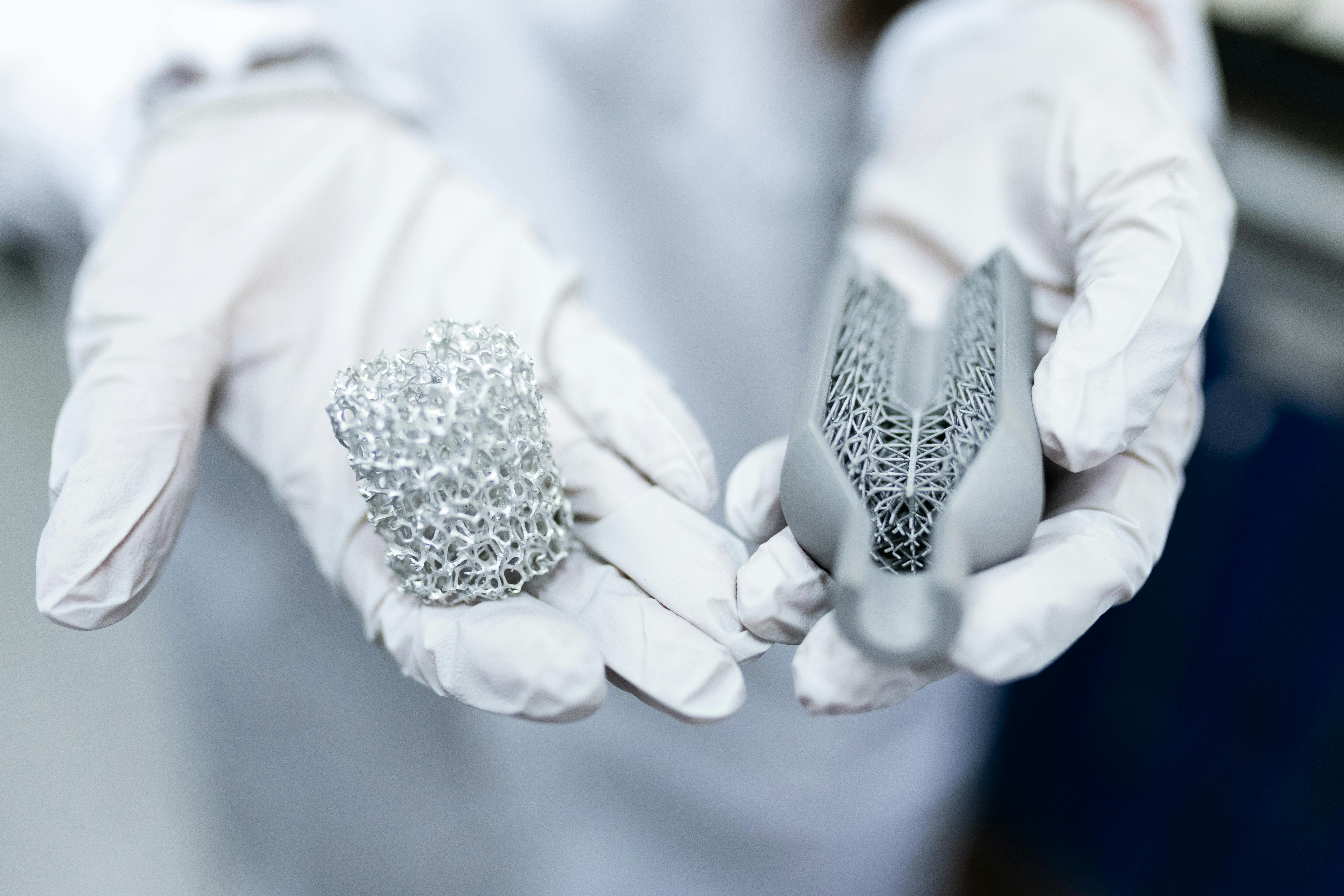Walz Group R&D Tax Credit Case Study
R&D Tax Credit Case Study
Manufacturing Industry
Company EV specializes in developing advanced electronic components for consumer electronics. They recently undertook a new challenge – the creation of a new EV battery that would be both lightweight and high-capacity. Multiple iterations of testing were required, and funding was tight. By working with the Walz Group, Company EV was able to successfully claim the R&D Tax Credit, and the associated capital benefits.
Eligibility
The Walz team worked closely with Company EV to understand their project and evaluate its eligibility using the IRS’ 4-Part Test. In order to qualify for the Credit, a company’s activities must pass all 4 parts of the Test.
- Activity relates to creating or improving a product or process
- Company EV is trying to create a product – an EV battery with longer life, improved performance, and enhanced safety when compared to current batteries available
- Part 1: Passed
2. Activity is undertaken to eliminate some uncertainty
- Company EV doesn’t know how to design this new battery – what materials, in which configurations, will yield the best result? Their activity is undertaken to eliminate this uncertainty.
- Part 2: Passed
3. Activity involves some kind of experimentation (evaluating alternatives, testing hypotheses, modeling, trial and error)
- Company EV systematically evaluated different materials and designs, creating and refining prototypes to determine the most effective product
- Part 3: Passed
4. Activity is technological in nature
- Company EV’s activity is based on chemistry, electrical engineering, and materials science
- Part 4: Passed
Company EV’s activity is eligible for the R&D Tax Credit.
Costs
The Walz team then turned its attention to the costs associated with the research activities.
There are 4 possible sources of costs, but Company EV had no expenditures for cloud hosting or third-party contractor services.
Company EV’s expenses were wages and supplies.
Wages
Wages of those actively performing the research qualify of course, as do the wages of those supervising and supporting research (technicians, machinists, fabricators, etc.) If an employee spends more than 80% of their time on qualified research, 100% of their wages can be counted towards the Credit. If they only spend a fraction of their time on qualified research, only a commensurate fraction of their wages can be counted towards the Credit.
Determining exactly whose wages qualify, and what fraction of their wages should be included, is no easy task.
The Walz Group meticulously reviewed all potential wages, conducting dozens of interviews and cross-referencing activity with existing documentation, to ensure that all costs taken are fully justified.
Total qualified wages: $1,357,589.
Supplies
Company EV used a variety of raw materials – metals like lithium, nickel, cobalt, and manganese, and specialized components like cathode and anode substrates and electrode foils. They also had to create custom tooling – including jigs and fixtures – to support fabrication of the battery to a variety of spatial constraints.
Total cost of supplies: $645,865.
Study Process and Documentation
In addition to the aforementioned interviews, the Walz team reviewed and organized all relevant documentation for Company EV. Insufficient documentation may result in a disqualified Credit, so it’s crucial to provide as much supporting material as possible.
For Company EV, supporting materials included experimentation logs, test reports, bill of materials reports, CAD models, design schematics, and employee timesheets.
All calculations and analysis were performed by the experienced Walz Team – AI software is never employed.
The Walz Group provided a comprehensive final report including all reviewed data, tabular representations, photographs, statistical analysis, and photographs.
The report was delivered within 4 months of its commission – less than half the average industry turnaround time.
Outcome
The study provided Company EV with an R&D Tax Credit of $142,343. Company EV was able to use that capital to offset R&D costs, freeing up resources to further enhance battery design and begin exploring commercial applications.
Today, Company EV is well positioned as a standout firm in a competitive market.
Company EV was pleased with the ease of the process and the outstanding results.
“The R&D Tax Credit helped us continue funding new iterations of our batteries. The electrical vehicle (EV) market is competitive, and working with the Walz Group to unlock new capital – that made all the difference in our success.”


